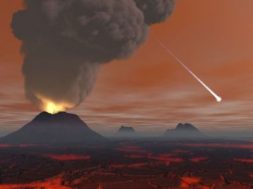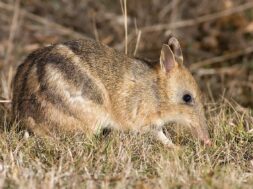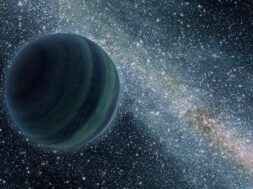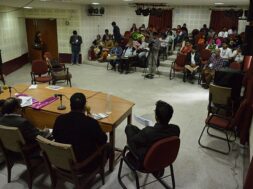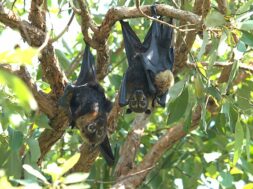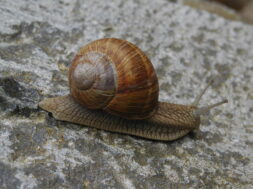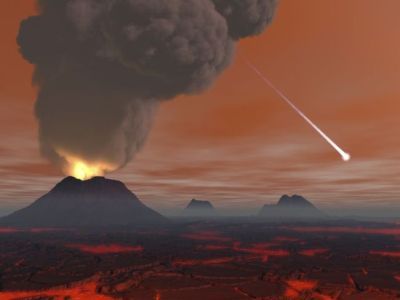
Ua equipa scientifica de Corèa del Sud e d’Austràlia a podut trapar evidéncies dera casuda d’un gran asteroid que queiguec ena planeta Tèrra hè 3.500 milions d’ans, pendent era edat Arqueana. Mès es scientifics non an podut determinar eth lòc exacte on queiguec.
Atau, ua equipa dera Universitat Nacionau Australiana, damb Andrew Glikson coma cap, aurián trapat divèrses rèstes volcaniques ena region de Pilbara, en Austràlia der Oèst, que serien es sediments mes ancians jamès trapats ena nòstra planeta. Aquerò ja hec suspectar es scientifics quauque causa pòc comuna.
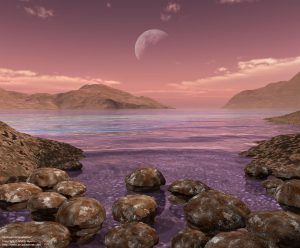
Dempús hèr desparières analisis, trapèren en aguesti sediments mineraus coma platin, niquèl e bròme, qu’apertiegen a un meteorit qu’aurie queigut ena Tèrra hè mes de 3.500 milions d’anades.
Movements sismics inimaginables
Segontes era equipa qu’a hèt er estudi publicat ena revista Precambrian research, er impacte aurie creat tèrratrems d’ua escala fòrça mes grana qu’es que i an aué e tanben aurie provocat ua ondada de tsunamis dehòra de çò qu’es pòt imaginar.
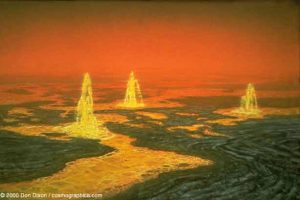
“Eth materiau que s’aurie originat per aguest còp s’aurie escampat per tota era planeta – çò diguec Andrew Glikson -. Enquia aué avèm podut confirmar qu’es trobalhes an ua edat de 3.460 milions d’ans, e pr’açò son es sediments mes ancians jamès trapats ena istòria geologica dera Tèrra d’aguest tipe”.
Ath delà, es geològs an confirmat qu’er meteorit qu’aurie queigut en aquera epòca ena Tèrra sèrie eth dusau mes gran e un des mes grans qu’aurien queigut sus era planeta. Aguest meteorit harie mes de 25 quilomètres de long e eth cratèr qu’aurie deishat harie centenats de quilomètres d’amplada.
“Era queiguda aurie provocat ua activitat sismica fòrça grana atau coma moviments tectonics fòrça grani en tota era planeta – çò confirmèc Glikson -. Pensem que i agueren mes impactes mès encara non avem podut trapar evidéncies. Totun, suspectam qua ja i an avut mes de 17 impactes hè mes de 2.500 milions d’ans, mès aguesti poirien èster centenats. Sens dobte, siguèren ua causa major dera evolucion dera planeta blu”.
Christian Andreu
